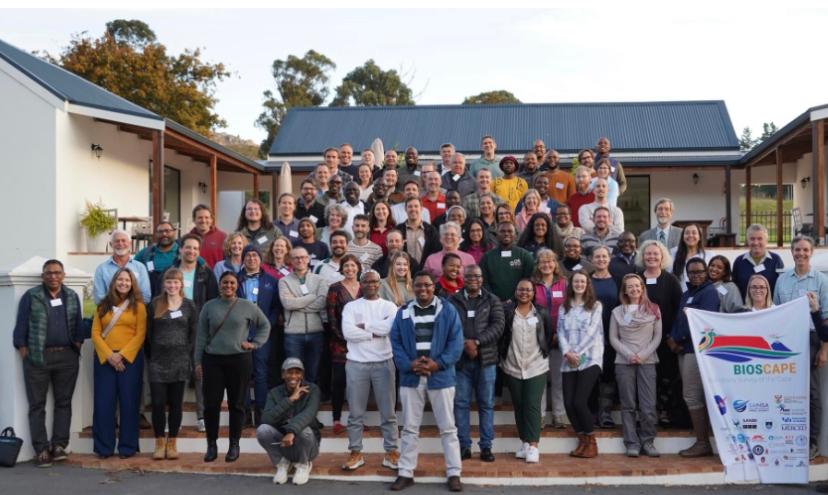 In a groundbreaking collaboration that spans continents, NASA’s first biodiversity-focused field campaign has demonstrated the power of international scientific partnerships, with Nigerian researcher Festus Adegbola playing a pivotal role in its success.
In a groundbreaking collaboration that spans continents, NASA’s first biodiversity-focused field campaign has demonstrated the power of international scientific partnerships, with Nigerian researcher Festus Adegbola playing a pivotal role in its success.
The Biodiversity Survey of the Cape (BioSCape), a comprehensive field investigation conducted in October-November 2023, deployed cutting-edge remote sensing technologies to study one of Earth’s most biodiverse regions: South Africa’s Greater Cape Floristic Region (GCFR). This groundbreaking project brought together 160 top scientists from around the world to study the distribution and role of biodiversity in ecosystem functions.
The mission represents an unprecedented international collaboration, funded by NASA’s Biological Diversity and Ecological Conservation Program, the Republic of South Africa’s Department of Science and Innovation (DSI), the National Research Foundation (NRF), and UNESCO. This multi-agency support underscores the global significance of the project’s objectives.
“Through BioSoundSCape’s fusion of cutting-edge remotely-sensed habitat characterization and scalable animal observations, we hope to unlock secrets of plant-animal interactions and drive biodiversity preservation forward,” said Dr. Matt Clark of Sonoma State University, Principal Investigator for the BioSoundSCape subproject.
At the forefront of this international effort was Adegbola, a Ph.D. candidate in Earth Systems Science at the University at Buffalo, played a key role in the BioSoundSCape research team. His work involved deploying and managing autonomous recording units (AudioMoths) to capture acoustic data of bird and frog species across diverse landscapes.
FESTUS ADEGBOLA alongside other scientists during the BioSCape mission workshop in Cape Town, May 2023.
“The integration of these advanced remote sensing technologies with ground-based research has opened new frontiers in biodiversity monitoring,” explains Dr. Adam Wilson, the BioSCape’s lead investigator from the University at Buffalo. “The collaborative nature of this project, bringing together expertise from multiple continents, demonstrates what we can achieve through international scientific partnerships.”
Working alongside leading conservation organizations including BirdLife South Africa, CapeNature, and the South African National Biodiversity Institute (SANBI), the research team developed innovative approaches to biodiversity assessment. Adegbola’s contribution to the acoustic monitoring program helped create a comprehensive framework for understanding species distribution patterns.
The project’s significance extends beyond pure scientific research. As global biodiversity loss accelerates, the methodologies developed during BioSCape offer new tools for conservation efforts worldwide. The research team will make all collected data freely available to scientists and the public, promoting transparency and collaborative research.
“This project exemplifies how international partnerships can drive impactful research,” Adegbola noted. “By combining traditional ecological knowledge with advanced technology, we’re creating more effective ways to monitor and protect biodiversity.” Looking ahead, the BioSCape team hopes their methods will shape new technologies for measuring land and sea ecosystems.
The project’s success also highlights the growing role of African scientists in international research initiatives. Through this groundbreaking work, Adegbola and the entire BioSCape team have not only advanced our understanding of biodiversity monitoring but also demonstrated the power of international scientific collaboration in addressing global environmental challenges.





